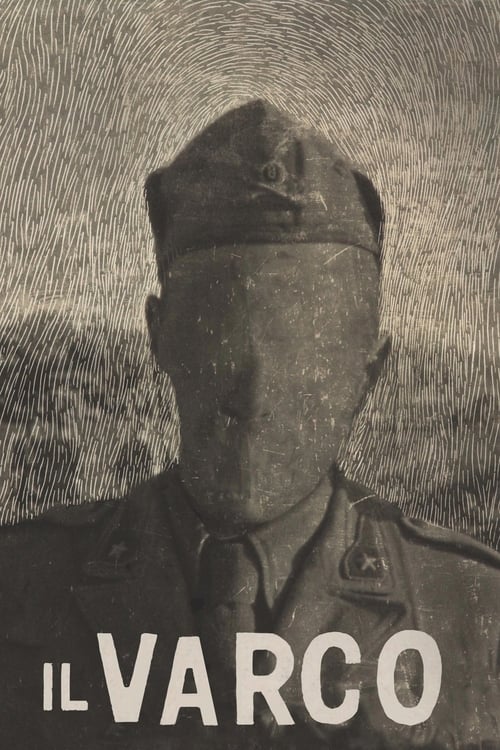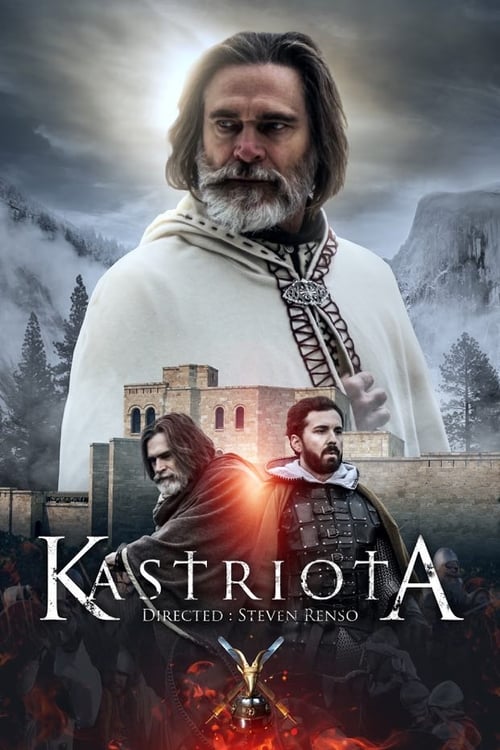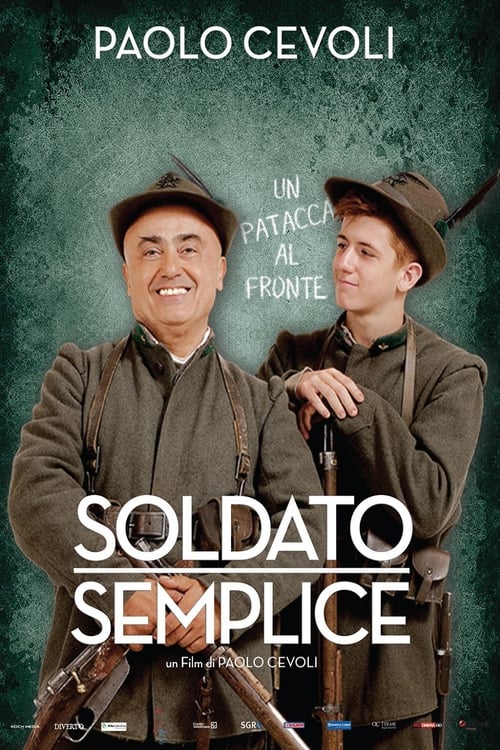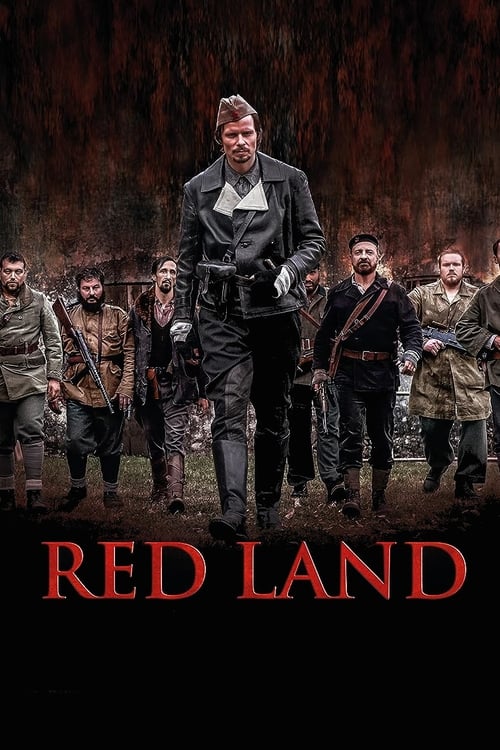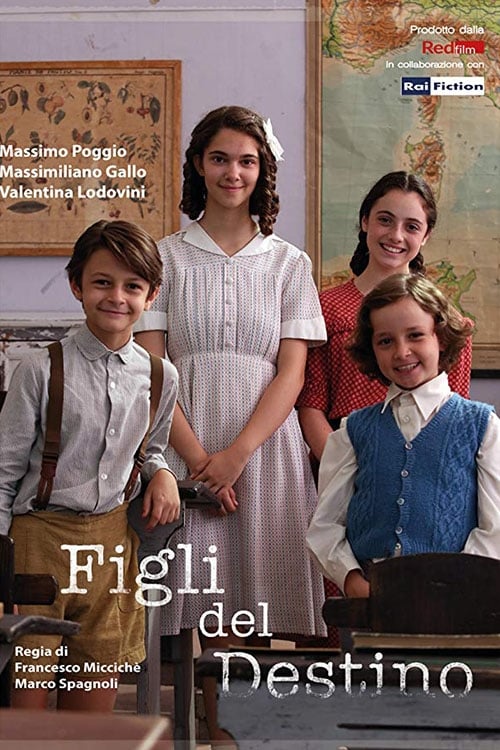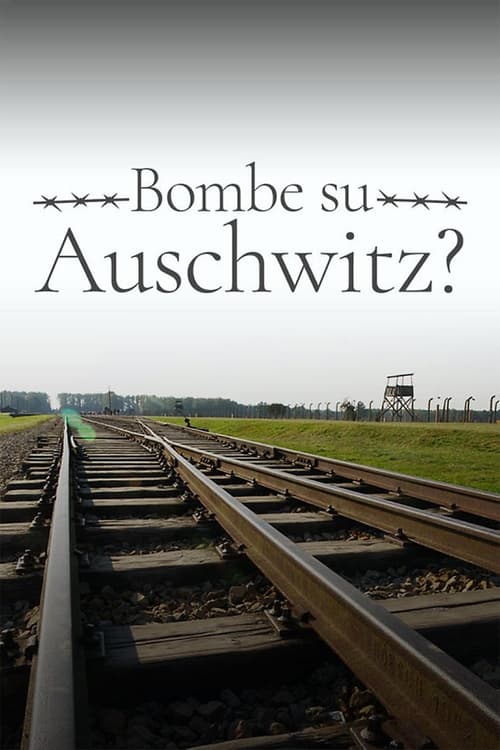
Ask Your Own Question
What is the plot?
What is the ending?
In the ending of "Once More Unto the Breach," the main character, a former soldier named Jack, confronts his past and the consequences of his choices. He faces a pivotal moment that leads to a resolution of his internal conflict, ultimately finding a sense of closure. The film concludes with Jack making peace with his past, symbolized by a poignant reunion with his estranged daughter, who has been affected by his absence and struggles. The film ends on a note of hope, suggesting the possibility of redemption and reconciliation.
As the final act of "Once More Unto the Breach" unfolds, the scene opens with Jack standing alone in a dimly lit room, the weight of his past heavy on his shoulders. The camera captures the lines of worry etched on his face, reflecting years of regret and lost opportunities. He gazes at a photograph of his daughter, Sarah, a reminder of the family he left behind when he chose a life of service over personal connections. The room is filled with shadows, symbolizing the darkness of his choices.
In the next scene, Jack receives a phone call from Sarah, who hesitantly invites him to meet. The tension is palpable as he prepares for this encounter, his heart racing with a mix of hope and fear. He arrives at a small café, the atmosphere buzzing with life, contrasting sharply with his internal turmoil. As he waits, he fidgets with his hands, a physical manifestation of his anxiety. When Sarah walks in, the camera focuses on her expression--cautious yet curious, embodying the emotional distance that has grown between them.
Their conversation begins awkwardly, filled with pauses and unspoken words. Jack struggles to articulate his feelings, his voice trembling as he tries to explain his choices. Sarah listens, her eyes reflecting a blend of anger and hurt. The dialogue is raw and honest, revealing the deep scars left by Jack's absence. As they talk, the café's ambient noise fades, emphasizing the gravity of their exchange. Jack's desperation for forgiveness is palpable, and Sarah's guarded demeanor slowly begins to soften.
In a pivotal moment, Jack shares a story from his time in the military, a moment of vulnerability that allows Sarah to glimpse the man he once was. The camera captures her shifting expression, a flicker of understanding breaking through her defenses. This scene is crucial, as it marks the turning point in their relationship. The emotional stakes rise as Jack admits his regrets, his voice breaking as he acknowledges the pain he has caused.
As the conversation progresses, Sarah reveals her own struggles, the impact of Jack's absence on her life. The emotional weight of her words hangs in the air, and Jack's heart aches with the realization of what he has missed. The scene is charged with tension, yet there is a sense of catharsis as they begin to bridge the gap between them.
The climax of the film occurs when Jack, in a moment of clarity, reaches out to Sarah, physically and emotionally. He takes her hand, a gesture of reconciliation that signifies his commitment to change. The camera lingers on their hands, a visual metaphor for their tentative connection. Sarah's eyes well up with tears, and for the first time, she allows herself to hope for a future where they can rebuild their relationship.
The final scene transitions to a serene park, where Jack and Sarah walk side by side, the sun setting in the background. The warm light envelops them, symbolizing the possibility of healing. They share laughter, a stark contrast to the earlier tension, and the camera captures their genuine smiles. Jack's demeanor is lighter, a man transformed by the weight of his past finally lifting. As they walk, the dialogue is filled with tentative plans for the future, hinting at a new beginning.
The film concludes with a shot of Jack looking at Sarah, a sense of peace washing over him. The screen fades to black, leaving the audience with a lingering sense of hope and the message that redemption is possible, even after a long and painful journey. Each character's fate is intertwined with the theme of reconciliation, as Jack takes the first steps toward mending the broken bonds of his past, while Sarah opens her heart to the possibility of forgiveness.
Is there a post-credit scene?
In the movie "Once More Unto the Breach," there is no post-credit scene. The film concludes its narrative without any additional scenes or content after the credits roll. The story wraps up with a focus on the emotional resolutions of the characters, leaving the audience with a sense of closure regarding their journeys and struggles throughout the film.
How does the relationship between Jack and Sarah evolve throughout the film?
Initially, their relationship is strained due to the years apart and the unresolved feelings they harbor. As Jack reconnects with Sarah, they navigate their shared history, leading to moments of vulnerability and honesty. Their bond deepens as they confront their past, ultimately revealing a mutual desire for reconciliation and understanding.
What motivates the main character, Jack, to return to his hometown after many years?
Jack is driven by a mix of nostalgia and unresolved issues from his past. He feels a deep sense of longing for the relationships he left behind, particularly with his childhood friend, Sarah. The emotional weight of his memories compels him to confront the choices he made that led to his departure.
What role does the small-town setting play in the development of the story?
The small-town setting serves as a character in itself, filled with familiar faces and memories that haunt Jack. It amplifies his feelings of nostalgia and regret, as he encounters old friends and rivals. The town's close-knit community highlights the contrast between Jack's past and present, forcing him to confront the impact of his choices on those he left behind.
What is the significance of the title 'Once More Unto the Breach' in relation to Jack's journey?
The title reflects Jack's internal struggle and his decision to face the challenges of his past head-on. It symbolizes his willingness to 'charge' back into the emotional battles he has avoided for years, emphasizing themes of courage, redemption, and the fight for personal closure.
How does Jack's relationship with his estranged father influence his character arc?
Jack's relationship with his estranged father is fraught with tension and regret. As he navigates his return, he grapples with feelings of anger and disappointment towards his father. This dynamic serves as a catalyst for Jack's growth, pushing him to seek forgiveness and understanding, ultimately leading to a poignant reconciliation that shapes his journey.
Is this family friendly?
"Once More Unto the Breach" is a drama that explores themes of family, loss, and the complexities of human relationships. While it does not contain explicit content, there are several elements that may be considered potentially objectionable or upsetting for children or sensitive viewers:
-
Emotional Turmoil: The film delves into deep emotional struggles, including grief and regret, which may be intense for younger audiences to process.
-
Conflict and Tension: There are scenes of familial conflict that may be distressing, showcasing arguments and misunderstandings that can evoke feelings of discomfort.
-
Themes of Loss: The narrative addresses themes of loss and mortality, which could be upsetting for sensitive viewers, particularly those who have experienced similar situations.
-
Depictions of Vulnerability: Characters display vulnerability and moments of despair, which may resonate deeply and evoke strong emotional reactions.
-
Mature Conversations: Some dialogue may touch on mature themes and life challenges that could be difficult for younger viewers to fully understand.
Overall, while the film is not overtly inappropriate, its emotional depth and thematic content may require parental guidance for younger audiences.

